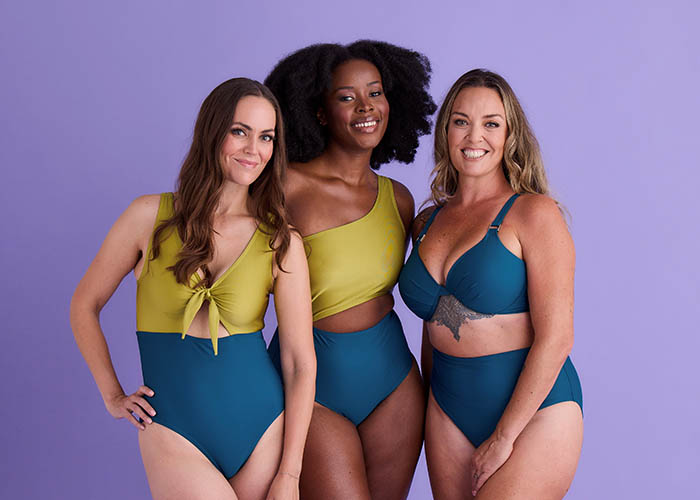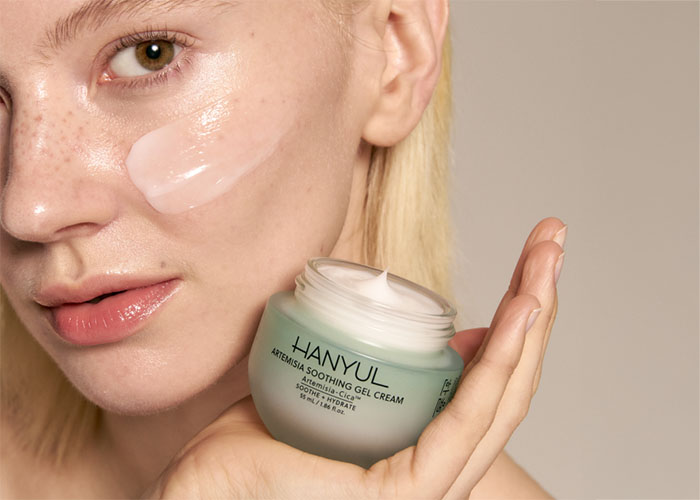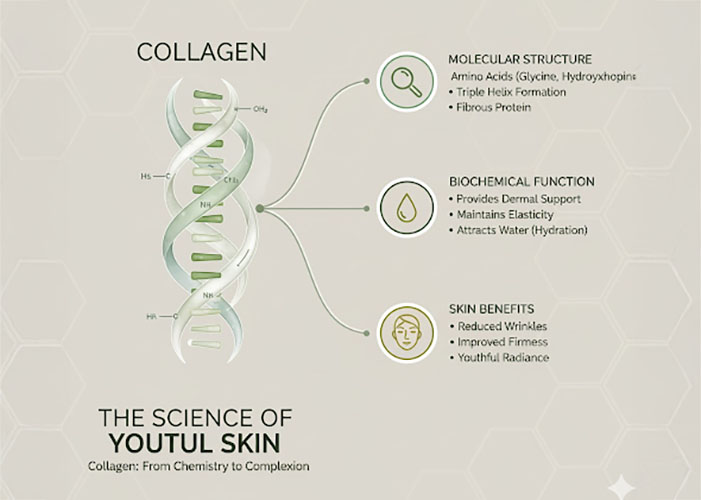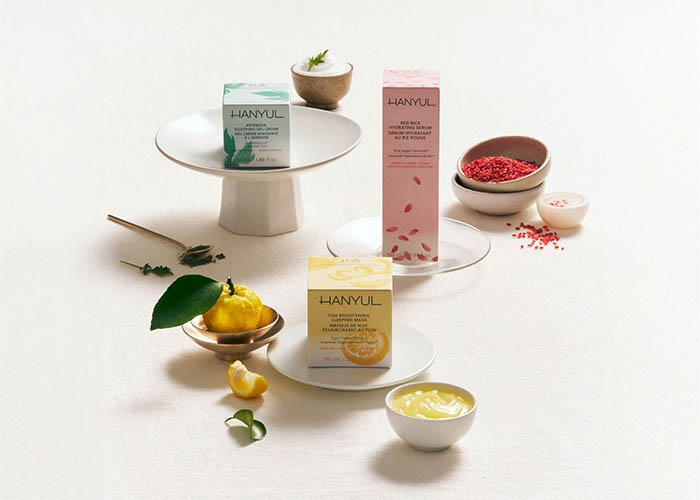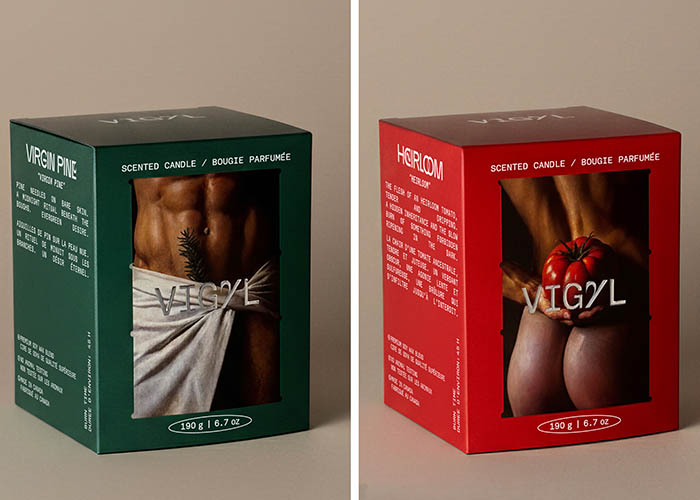July marks the start of UV Sun Protection Month, and while most Canadians are focused on protecting their skin from harmful rays – they should also keep their eye health top of mind. UV exposure is a leading contributor to serious eye conditions, including cataracts and photokeratitis (an eye sunburn). However, many people don’t realize the long-term damage UV rays can cause to their vision until it’s too late.
Specsavers Clinical Services Director, Naomi Barber explains, “Just as we wouldn’t go to the beach without sunscreen, we shouldn’t spend time outdoors without proper eye protection. The effects of UV exposure can lead to eye damage, which is why prevention and regular eye exams are so critical.”
She’s debunking five common misconceptions around UV rays and eye protection:
Myth 1: All sunglasses are created equal
- Fact: Not all sunglasses are created equal. Always choose pairs specifically labeled with UV protection to ensure your eyes are properly shielded from harmful rays.
Myth 2: The colour of your eyes doesn’t affect your sensitivity to sunlight
- Fact: Those with lighter colour eyes (ex. blue, green) may have increased sensitivity to sunlight as eyes with less pigmentation aren’t able to block the effects of UV rays as well as darker coloured eyes.
Myth 3: The sun’s harmful effects on eyes don’t discriminate by age
- Fact: Children’s eyes are typically more susceptible to sun damage.
Myth 4: Prolonged exposure to UV rays won’t make you vulnerable to eye diseases
- Fact: Prolonged UV exposure significantly increases your risk of developing serious conditions like cataracts, macular degeneration, and other vision-threatening diseases.
Myth 5: Reflected UV rays aren’t as dangerous
- Fact: It’s important to be extra cautious around reflective surfaces like water and sand as they can increase UV exposure.



